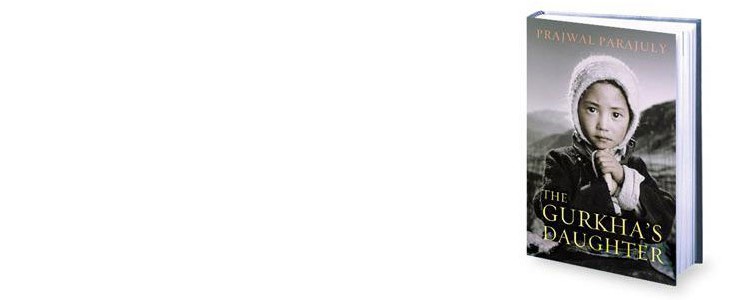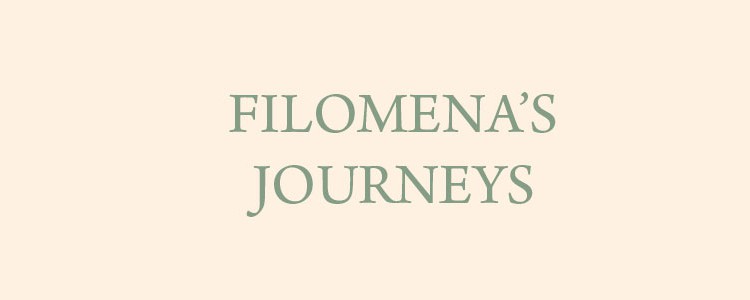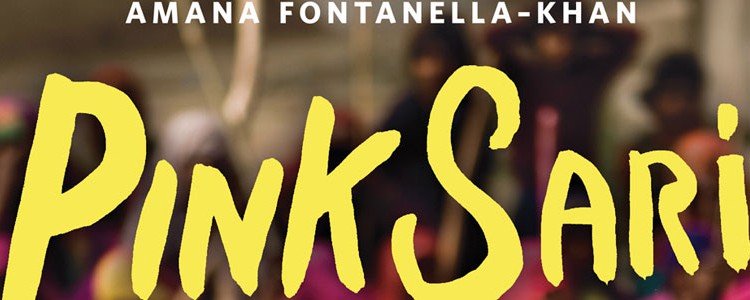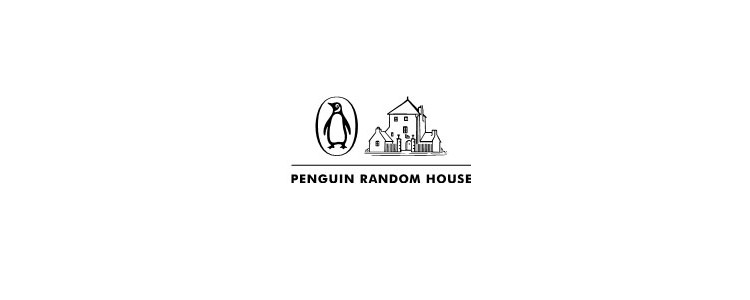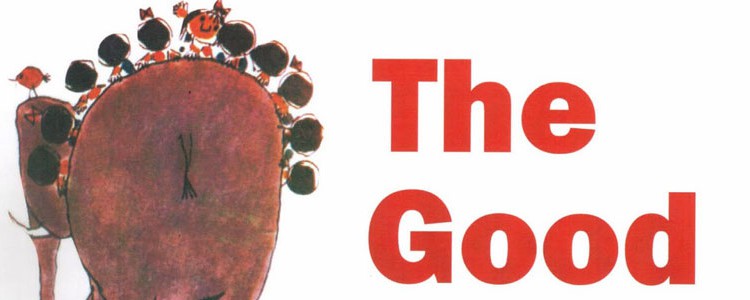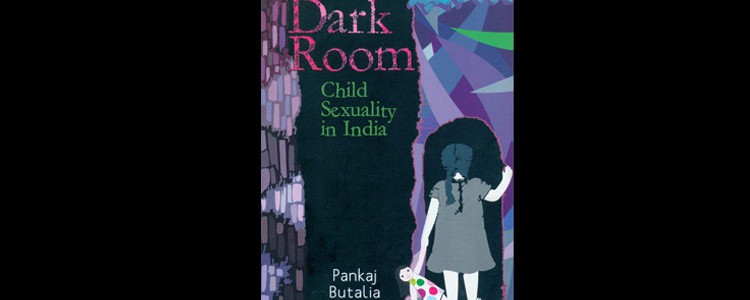A conversation with Prajwal Parajuly
 I first heard about Prajwal Parajuly in winter 2012. He had the book launch of his short stories, The Gurkha’s Daughter, in December 2012. He was being discussed as a new author to watch out for. In 2013 he was shortlisted for the Dylan Thomas Prize, world’s largest literary prize for young writers. It was extraordinary that his debut as a writer was marked by a collection of short stories. To top it he had signed a two-book deal with Quercus in London, UK and then launched in India by Penguin India. ( Quercus are known as the English-language publishers of Steig Larsson.) It is understood that he has sold the rights to his books in twenty-six countries, a dream run that any debut author would be pleased to have. In 2014, Prajwal Parajuly has already launched his novel, Land where I flee, and is promoting the book extensively in South Asia, USA and UK. Every time Prajwal and I meet, we have intense discussions about writing and publishing, but this conversation was conducted via email.
I first heard about Prajwal Parajuly in winter 2012. He had the book launch of his short stories, The Gurkha’s Daughter, in December 2012. He was being discussed as a new author to watch out for. In 2013 he was shortlisted for the Dylan Thomas Prize, world’s largest literary prize for young writers. It was extraordinary that his debut as a writer was marked by a collection of short stories. To top it he had signed a two-book deal with Quercus in London, UK and then launched in India by Penguin India. ( Quercus are known as the English-language publishers of Steig Larsson.) It is understood that he has sold the rights to his books in twenty-six countries, a dream run that any debut author would be pleased to have. In 2014, Prajwal Parajuly has already launched his novel, Land where I flee, and is promoting the book extensively in South Asia, USA and UK. Every time Prajwal and I meet, we have intense discussions about writing and publishing, but this conversation was conducted via email.
 1. How do you visualise your stories? Do you create back stories or does an idea grip you?
1. How do you visualise your stories? Do you create back stories or does an idea grip you?
I don’t visualise my stories. I really don’t. I have tried doing it in the past, but the characters do crazy things and the plot sprouts wings of its own. I sit down to write and things happen. Wow, I am so pretentious. Ha.
2. During one of our conversations about writers and writing, you mentioned that you write of the “very ordinary”, which may be true, but the detailing is minute. Do you take extensive notes while meeting and observing people or does storytelling come naturally to you?
No, I don’t. I am not one of those writers who think about writing every second. I am so far removed from writing most of the time that it never occurs to me to take notes. Observing people and their idiosyncrasies comes naturally to me – I don’t even ‘feel’ myself doing it – as I am sure it does to a lot of writers.
3. In the recent article in New Statesmen “What use is Gross Domestic Happiness to Bhutan’s 106,000 global refugees?” ( http://www.newstatesman.com/world-affairs/2014/02/what-use-gross-domestic-happiness-bhutans-106000-global-refugees) you are not referred to as a successful author but someone who writes about “about Nepali-speaking people – the Nepalis of India, Nepal and Bhutan”. Isn’t this identity exactly what defines your writing?
Well, for now, yes. I am two books old, and both my books have been about the Nepali-speaking world. Perhaps my third book will be different? I don’t know.
4. When and why did a copywriter, based in NYC, opt to write best-selling fiction?
I wasn’t a copywriter. I was an advertising account executive. I am impulsive by nature. The job was fun in the beginning, but do it for three years, and you want to do more exciting things. Also, the idea of returning home was appealing at that time. It helped that I was gradually forgetting how to read and write in Nepali – that reads dramatic, but it once took me 45 minutes to read what I’d have normally done in 15. Writing just happened. I had traveled a bit and didn’t know what to do with my life. Telling the world I was working on a book meant I was semi-okay and not frittering my life away.
5. What do you think is lacking in contemporary writing in, about and from the northeast and Nepal that makes your fiction and voice stand out so distinctly?
I don’t think there’s anything lacking. English writing from the northeast and Nepal continues to grow. Perhaps one reason I stood out was – and this has nothing to do with how good or bad a writer I am – because I garnered a lot of (undeserved) press even before the books came out. That’s how it is in India – we still look at the West for approval. Had mine not been a multi-country book deal, chances are I’d have received very little press. So, yes, I stood out even before my books came out – I doubt my voice and fiction had anything to do with it.
6. Your short stories and novel are linked yet can be read independent of each other. Was that a conscious decision or did it just happen? Also which came first in creation – The Gurkha’s Daughter or Land where I flee?
Yes, there are very, very minor links – so insignificant that the novel can survive without the references to the characters in the short-story collection. I call it my attempt to nudge-nudge-wink-wink at a very serious reader. I thought it would be fun. The Gurkha’s Daughter was written before Land Where I Flee.
7. You have done a master’s in creative writing course from Oxford. Do you think it helps an author to enroll in at least one course while writing? Are these of any help?
It depends on your personality and the nature of the course. I joined my course because there was nothing to do. My course helped me become a better poet, a mediocre screenwriter (I knew nothing about screenwriting when I started the course) – which made me a better writer of fiction. And I didn’t have to go to class every day – definitely my favorite thing about the course.
8. What next? Will it be more fiction about Nepali-speaking people or will you explore fiction?
So many plans. Phew. I am tired of writing about the Nepali-speaking world, but I am tempted to write a sequel to the stories in The Gurkha’s Daughter. Or a Land Where I Flee prequel. Or a children’s book. Or an American-campus-based novel. I will be on tour almost all of this year. After I get done with the promotion of Land Where I Flee in India, the UK, South Africa and Ireland, I need to go to America, where The Gurkha’s Daughter comes out in June.
9. Is it fair to ask if there are any autobiographical elements in these two books? Is Ruthwa loosely based upon your experiences as an author?
Ruthwa isn’t who I am, but some of his experiences are what I experienced as an author. When I was writing Land Where I Flee – which I did once the book deal happened and triggered a media frenzy – I’d often lie awake wondering what would happen if the same media declared I wasn’t worth the hype. That’s how Ruthwa’s character came about. I wouldn’t be very comfortable writing about my family the way Ruthwa does, though. I don’t understand the entire ‘your-first-book-is-almost-
10. Your fascination by strong women characters, is that a conscious choice made in writing?
Female characters, especially strong women, are fun to write. I am tired of reading about the veiled, subservient Indian grandma.
11. Your novel is one of the recent publications that seems to work like a novel and not with chapters in it that can work as “long reads” online. While drafting Land where I flee who was your ideal reader? The online or print reader?
I still don’t visualise an online reader. This is the first time someone has asked me this question. Interesting. Have writers begun thinking about whether they will be read online or print? Should I be mindful of it? Perhaps not.
4 March 2014

